
Qu’est-ce que la norme ISO 14004 ?
La norme ISO 14004 aide une entreprise à mieux maîtriser ses impacts environnementaux en instaurant un système de management environnemental (SME).
ESG / RSE
Secteurs d'activité

La norme ISO 14004 aide une entreprise à mieux maîtriser ses impacts environnementaux en instaurant un système de management environnemental (SME).

Qu'est-ce qu'un Bilan Carbone® entreprise ? Pourquoi le réaliser ? Comment ? Quelles sont les étapes à suivre en 2026 ? Greenly vous dit tout.

Qu'est ce qu'une ACV ou Analyse de Cycle de Vie ? En quoi consiste-elle ? Quelle sont les bonnes pratiques à connaître ? Greenly vous dit tout.
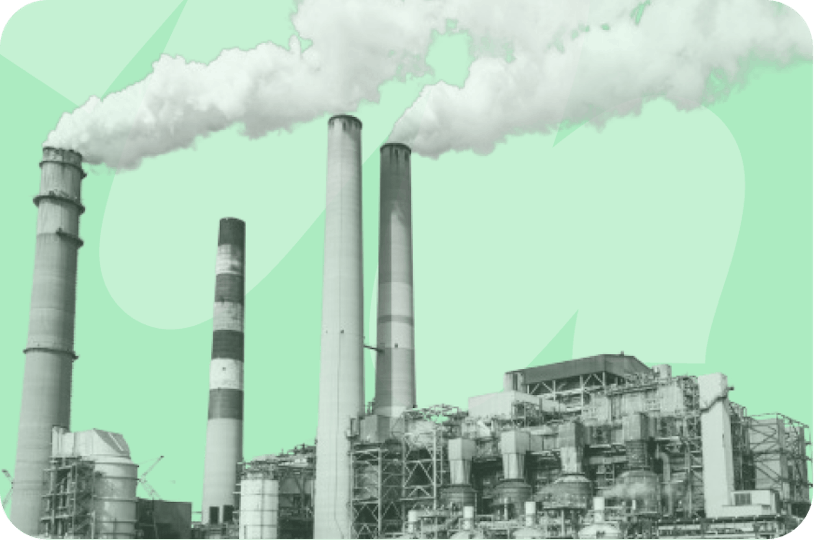
De façon très prosaïque, la comptabilité carbone est une forme de comptabilité extra-financière, qui attribue un coût (exprimé en CO₂e) à une activité donnée.

Le Diag Décarbon'Action a pour vocation de rendre le Bilan Carbone® plus abordable. Quel est le montant de cette aide ? Qui peut en bénéficier ?
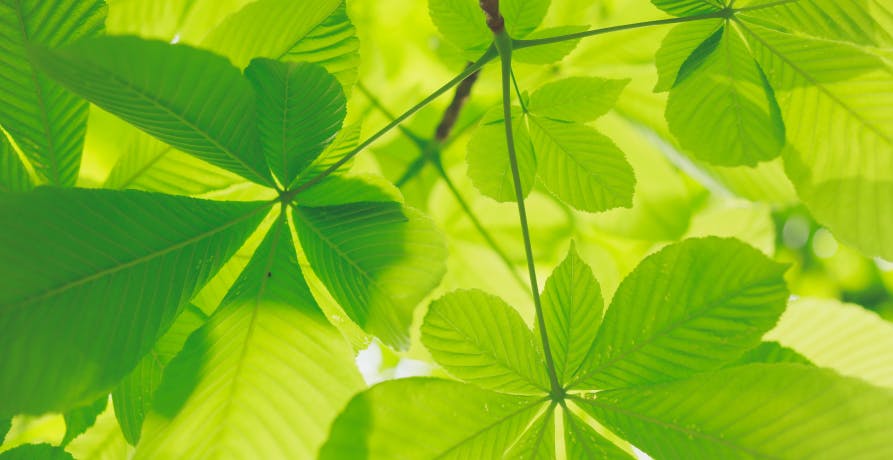
Les normes ESRS sont des règles visant à encadrer la réalisation du reporting extra-financier imposé par la CSRD. Explications.
Derniers articles

Qu'est-ce que le règlement ESPR, et en quoi ce dernier constitue-t-il un formidable levier pour l'évolution de votre entreprise ? Greenly vous dit tout.
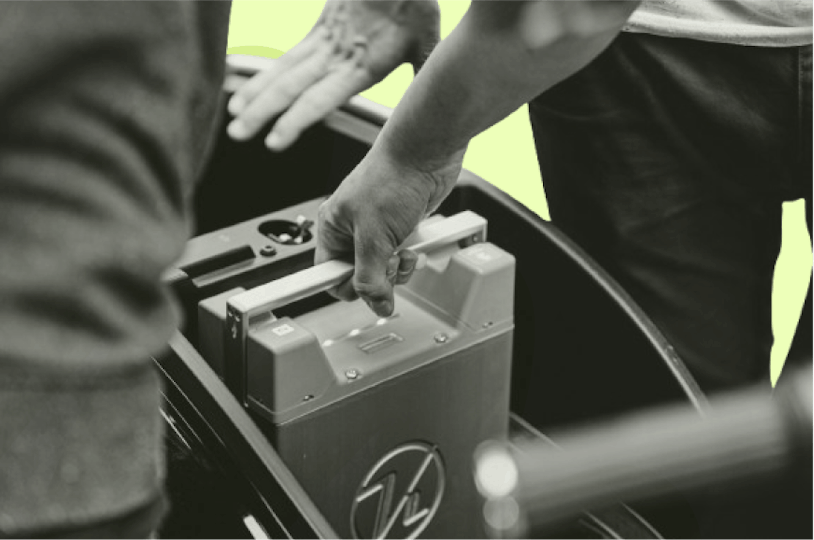
Pour simplifier, la batterie utilise un électrolyte solide (en polymère, en céramique ou en composite) pour faire circuler l'énergie entre leurs électrodes.

En 2025, le TOP 5 des meilleurs logiciels VSME en 2026 est : 1.Greenly, 2.CONSUST FramesCube, 3.Diligent ESG, 4.Plan A et enfin 5.Daato.

En 2026, Les meilleurs logiciels pour se conformer aux normes IFRS sont : 1. Greenly ; 2. Workiva et 3. Persefoni.

Les concerts, comme tant d'autres événements, sont synonymes d'empreinte carbone. Ce qui ne signifie pas qu'ils ne peuvent pas se réinventer.
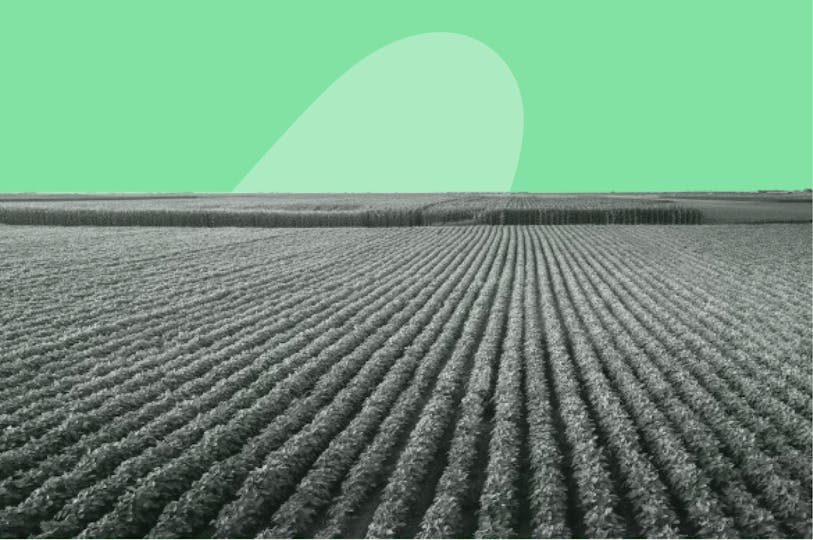
La loi Duplomb embrase le débat public, au point d'en faire oublier le problème plus global qui se pose. Contexte, contenu et décryptage. C'est par ici.

L’éco-branding ne consiste pas simplement à apposer une feuille sur un logo ou de le décorer d’un fond vert, – c'est aussi remettre en question les pratiques.

Le risque de tsunami en Méditerranée est réel - quoique malheureusement méconnu. D'où l'importance de le comprendre et de se préparer.
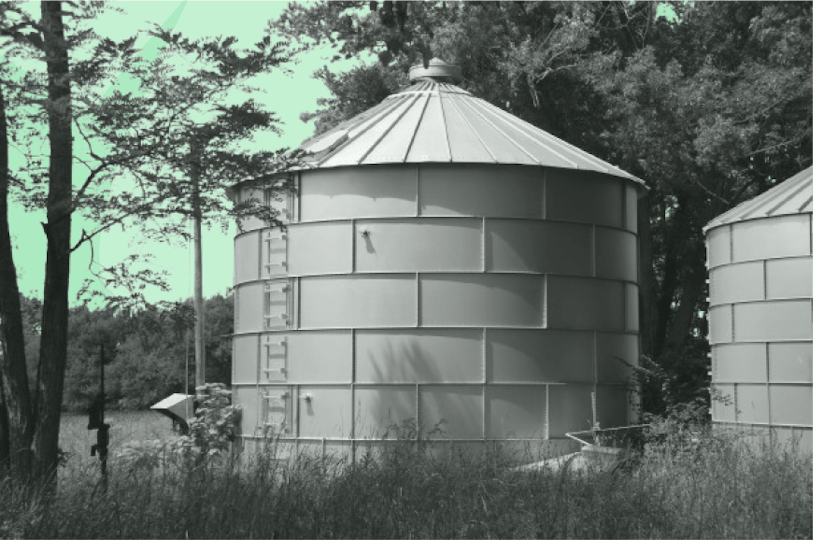
Après épuration (élimination du soufre, de l’eau et du CO₂), le biogaz devient du biométhane, un gaz aux propriétés identiques à celles du gaz naturel.

Notre langage industriel est très complexe, mais la nature dit bien davantage avec moins de mots et une syntaxe plus simple (source : Cairn, 2018).

Une notation extra-financière est attribuée à une entreprise par une agence, sur la base de critères non financiers (comme l'environnement, le social, etc.).

La certification Cradle-to-Cradle® évalue les produits selon 5 grands critères : qualité des matériaux, circularité, énergie, eau & sols, et équité sociale.